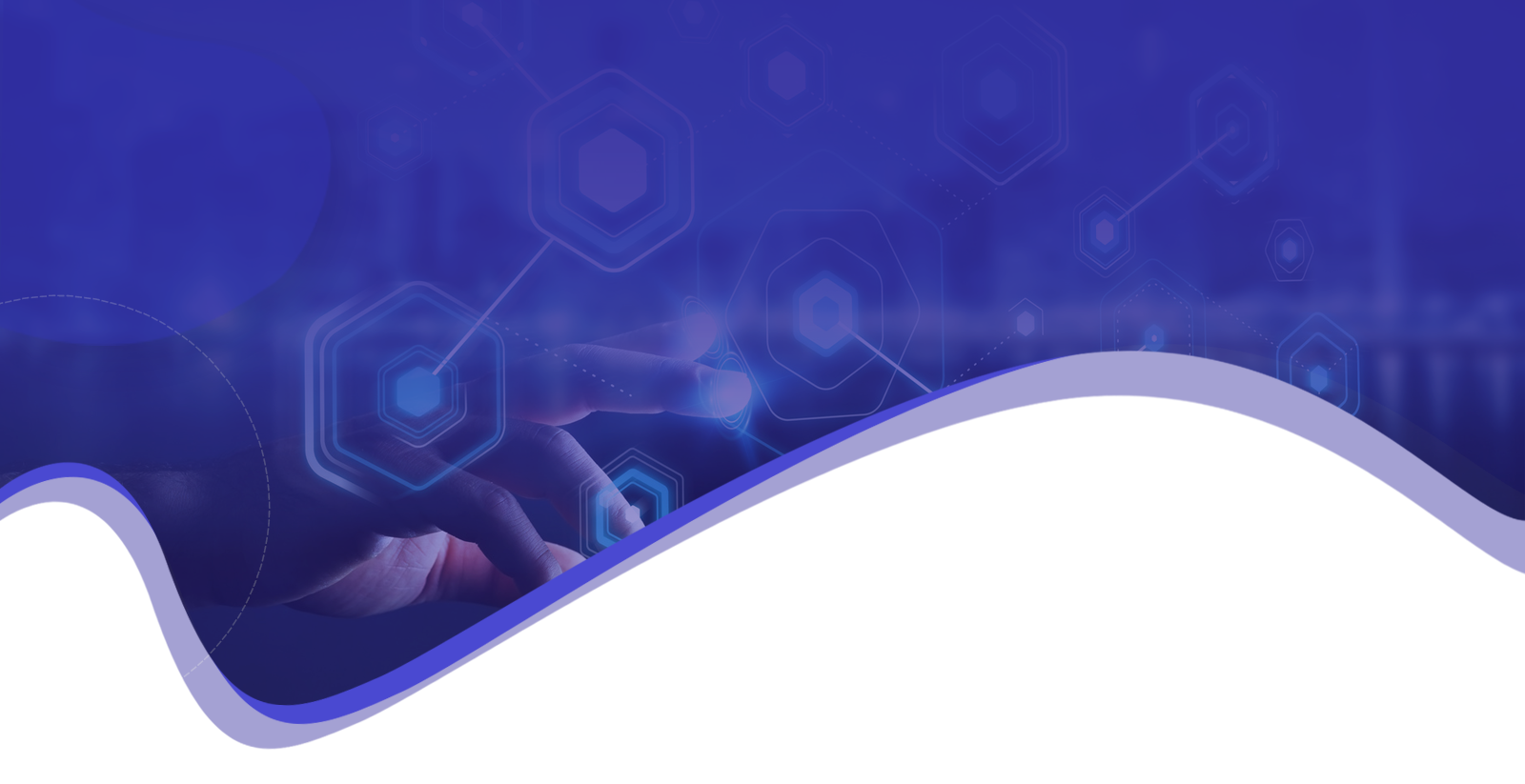
From a manually established world to a technologically oriented world, we’ve explored a lot! When we talk about technology empowering our lives, we also admit to the fact that today we are quite dependent upon various technologies in our day to day lives. But, do we really know what and which technology makes our lives so efficient? Our team at Proficient Infosoft, gives you a complete insight on the technologies we use to develop and deliver the most efficient product!

Chat Bots

Tensor Flow

Mango DB

Python

Java

Rails

Django

Node

Angular JS

Boostrap

React JS

Machine Learning

Hadoop

Internet of Things (IOT)

Amazon web Services (AWS)

Chat Bots
A chatbot is an artificial intelligence (AI) software that can simulate a conversation (or chat) with a user in natural language through messaging applications, websites, mobile apps or through the telephone. A chatbot is often described as one of the most advanced and promising expressions of interaction between humans and machines.

Tensor Flow
TensorFlow is an open source software library for high performance numerical computation. Its flexible architecture allows easy deployment of computation across a variety of platforms (CPUs, GPUs, TPUs), and from desktops to clusters of servers to mobile and edge devices.

Mango DB
MongoDB is an open source database management system (DBMS) that uses a document-oriented database model which supports various forms of data. A record in MongoDB is a document, which is a data structure composed of field and value pairs. MongoDB documents are similar to JavaScript Object Notation objects but use a variant called Binary JSON (BSON) that accommodates more data types.

Python
Python is a general-purpose interpreted, interactive, object-oriented, and high-level programming language.

Java
Java is a popular programming language, created in 1995. It works on different platforms like (Windows, Mac, Linux, Raspberry Pi, etc.). An open-source, secure, fast and powerful, java is a simplified programming language.

Rails
Ruby on Rails, or Rails, is a server-side web application framework written in Ruby under the MIT License. Rails is a model–view–controller (MVC) framework, providing default structures for a database, a web service, and web pages. It encourages and facilitates the use of web standards such as JSON or XML for data transfer, HTML, CSS and JavaScript for user interfacing. In addition to MVC, Rails emphasizes the use of other well-known software engineering patterns and paradigms, including convention over configuration (CoC), don't repeat yourself (DRY), and the active record pattern.

Django
Django is a high-level Python Web framework that encourages rapid development and clean, pragmatic design. Django is a free and open source web application framework, written in Python.

Node
Node.js is an open source, cross-platform runtime environment for developing server-side and networking applications. Node.js applications are written in JavaScript, and can be run within the Node.js runtime on OS X, Microsoft Windows, and Linux.

Angular JS
Angular JS is a JavaScript framework used for building MVC based applications. This course is a step by step guide to learn AngularJS components like directives, filters, expressions, etc. and explore more of its programming aspect for SPAs.

Boostrap
Bootstrap is the most popular HTML, CSS, and JS framework for developing responsive, mobile first projects on the web. It is a free front-end framework for faster and easier web development.

React JS
React is a front-end library developed by Facebook. It is used for handling the view layer for web and mobile apps. ReactJS allows us to create reusable UI components. It is currently one of the most popular JavaScript libraries and has a strong foundation and large community behind it.

Machine Learning
Machine learning (ML) is a category of algorithm that allows software applications to become more accurate in predicting outcomes without being explicitly programmed. It is an application of artificial intelligence (AI) that provides systems the ability to automatically learn and improve from experience without being explicitly programmed. Machine learning focuses on the development of computer programs that can access data and use it learn for themselves.

Hadoop
An open source distributed processing framework that manages data processing and storage for big data applications running in clustered systems. Hadoop can handle various forms of structured and unstructured data, giving users more flexibility for collecting, processing and analyzing data than relational databases and data warehouses provide.

Internet of Things (IOT)
The internet of things (IoT) is a computing concept that describes the idea of everyday physical objects being connected to the internet and being able to identify themselves to other devices.

Amazon web Services (AWS)
Provided by Amazon, AWS is a comprehensive, evolving cloud computing platform. It provides a mix of infrastructure as a service (IaaS), Platform as a Service (PaaS), and Packaged Software as a Service (SaaS) offerings.